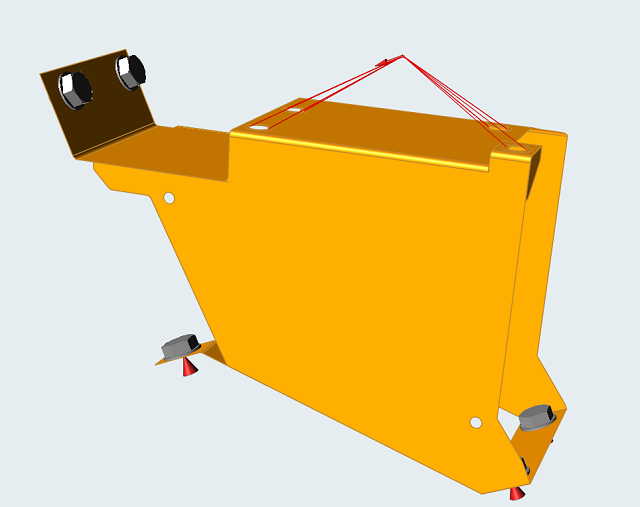Tutorial: Optimizing Gauge
Run and review the results of a gauge optimization.
- Run a baseline analysis of a multi-part bracket assembly and view the results
- Define a design space and run a gauge optimization
- Review the results of the gauge optimization
- Run a reanalysis of the optimized shape and compare the results

Overview
Gauge optimization is a type optimization that finds the optimal thickness of parts. This approach is ideal for minimizing the mass of an assembly. It can also be used to maximize stiffness or frequency of a model when using realistic design constraints like displacement constraints. Note that gauge optimization only works on parts that are defined by surface geometry.
In this tutorial, you will run a baseline analysis and gauge optimization on a typical multi-part bracket design space.
Analyze the Baseline Model
Let's start by opening the model, review it and running a baseline analysis.
Performing analysis on a model before setting up optimization helps ensure that constraints and other parameters are reasonable for optimization.
Review the Baseline Analysis Results
Define the Design Space
Next, we'll set the design space for the optimization.

 on the Analyze icon on the Structure ribbon.
on the Analyze icon on the Structure ribbon.











